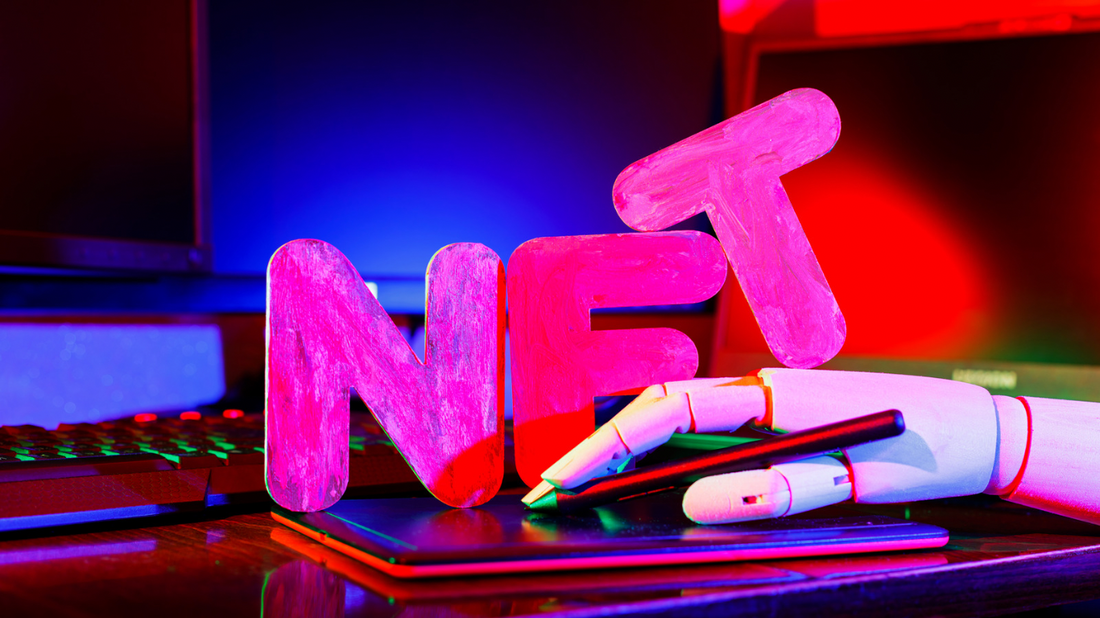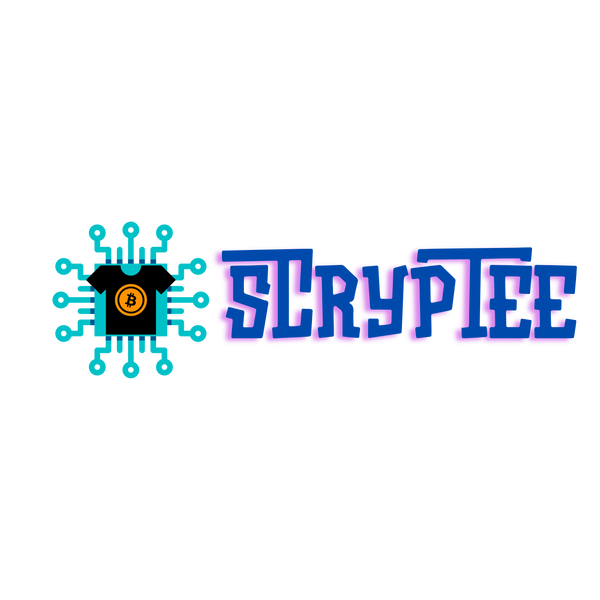
NFTs: The Digital Collectibles Revolution
Share
What Are NFTs?
Alright, let’s decode the buzzword: NFT stands for Non-Fungible Token. Sounds fancy, but here’s the gist—an NFT is a one-of-a-kind digital asset. Unlike Bitcoin or Ethereum, which are interchangeable (you trade one Bitcoin for another and it’s still the same), NFTs are unique. It’s like owning an original Picasso painting but in digital form.
Whether it’s digital art, music, GIFs, videos, or even virtual sneakers, NFTs let you own and prove the authenticity of something that exists in the digital world. And the blockchain makes it all possible by keeping a secure and transparent record of ownership.
How Do NFTs Work?
NFTs live on blockchains, with Ethereum being the most popular platform for them. Here’s how it goes down:
1. Minting: The NFT is created and added to the blockchain. Think of this as the birth certificate of your digital asset.
2. Ownership: Each NFT has a unique identifier that proves who owns it. No fakes, no duplicates—just the real deal.
3. Selling and Trading: NFTs can be sold on marketplaces like OpenSea or Rarible, often fetching mind-blowing prices.
Why Are NFTs So Popular?
1. True Ownership
NFTs give you full ownership of digital assets. You don’t just “download” an image; you actually own the original.
2. Flex Culture
Let’s be real—owning a rare NFT is the ultimate digital flex. Whether it’s a Bored Ape or a CryptoPunk, it screams exclusivity.
3. Support Creators
NFTs allow artists, musicians, and creators to sell their work directly to fans, skipping middlemen. They even earn royalties when the NFT is resold.
4. Infinite Possibilities
From gaming skins to virtual real estate, NFTs are breaking boundaries in what can be owned digitally.
Where Can You Find NFTs?
1. Marketplaces: OpenSea, Rarible, SuperRare, and Foundation are top platforms for buying, selling, and trading NFTs.
2. Gaming: Play-to-earn games like Axie Infinity let you earn NFTs as rewards.
3. Metaverse: Platforms like Decentraland and The Sandbox let you buy virtual land and items as NFTs.
NFTs Beyond Art
While NFTs are famous for digital art, their potential is way bigger:
• Music and Videos: Artists like Kings of Leon and Grimes have released albums as NFTs.
• Virtual Real Estate: Buy plots in the metaverse and build your digital empire.
• Collectibles: Think sports trading cards or even memes—yes, you can own a meme.
• Membership Passes: Some NFTs double as exclusive access cards to clubs or events.
The Controversies Around NFTs
1. Environmental Impact:
Minting and trading NFTs can use a lot of energy. But greener blockchain solutions like Ethereum 2.0 are changing that.
2. Speculation:
Some see NFTs as a bubble, with prices driven by hype rather than value.
3. Copyright Issues:
The lines around who owns the rights to an NFT can sometimes get blurry.
Should You Jump Into NFTs?
If you’re into art, gaming, or collecting, NFTs are a fun and potentially rewarding space. But like any investment, they come with risks. Prices can swing wildly, and not every NFT will hold its value.
Do your research, start small, and only spend what you’re willing to lose. And most importantly, enjoy the process—after all, NFTs are about creativity and community.
The Future of NFTs
From redefining art and gaming to shaking up industries like real estate and fashion, NFTs are here to stay. As the metaverse grows and technology evolves, their potential will only expand.
Final Thoughts
NFTs are more than just digital assets—they’re a cultural movement. They empower creators, celebrate individuality, and are reshaping the way we value and own things in the digital age. Whether you’re a creator, collector, or just curious, NFTs are opening up a whole new world of possibilities.
Stay tuned to ScrypTee.com for the latest on NFTs, crypto, and all things blockchain. Let’s dive into the future together!
Brought to you by ScrypTee.com—your guide to the world of digital ownership.
